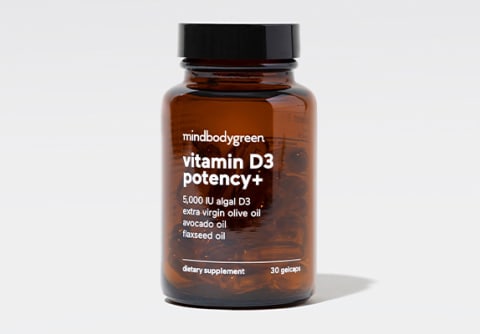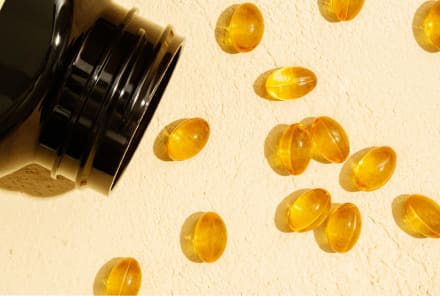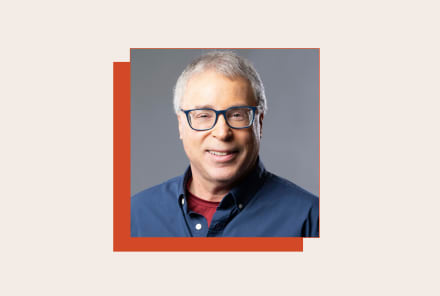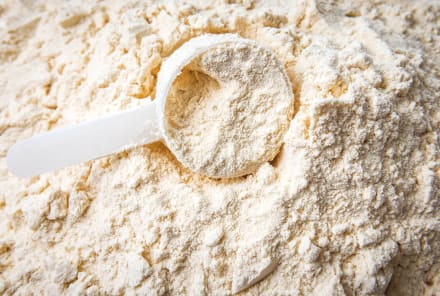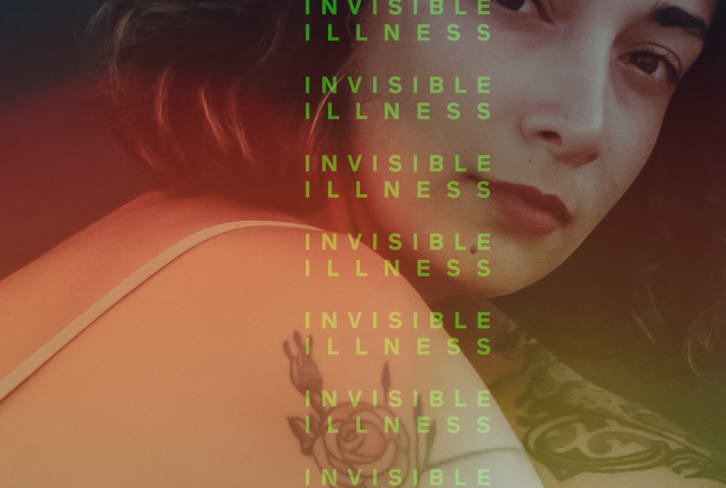Advertisement
We're Falling Really, Really Short On Vitamin D — Here's What You Need


If you don't know much about vitamin D beyond that it's got a cute little nickname as "the sunshine vitamin," get this: The essential nutrient, which is often boiled down to just calcium absorption and bone health, actually has a slew of crucial whole-body benefits.*
Plus, that whole "sunshine vitamin" thing might actually be a little misleading these days because relying on the sun to get enough vitamin D is not only risky business, but it's also just not realistic for most people (for a bunch of reasons).
And since food also just doesn't cut it for vitamin D (more on that in a second), that leaves us in a pretty serious predicament: Research shows that we're falling pitifully (and I mean pitifully) short on this important vitamin. Read on and you'll understand why.
How much vitamin D we really need.
Though a serum 25-hydroxyvitamin D level—aka 25(OH)D (your clinical indicator of vitamin D status)—of higher than 30 ng/ml1 is technically considered sufficient, at least 50 mg/ml is truly optimal, says mbg's director of scientific affairs Ashley Jordan Ferira, Ph.D., RDN, along with other health experts and doctors, like board-certified endocrinologist Brittany Henderson, M.D.
Henderson has seen thousands of patients, and she asserts with confidence: "I know that achieving optimal serum 25(OH)D levels in the 50+ ng/ml range is imperative for immune health, bone health, and more."* To hit (and sustain) that true goal of 50 ng/ml, research2 shows that we need 5,000 I.U. of vitamin D3 per day.
To put things in perspective, that's a whopping nine servings of sockeye salmon3 per day.
We're falling short by a mile, though.
Here's where things get a little grim: 93 to 100% of the U.S. population4 doesn't even consume 400 I.U. of vitamin D per day via food, which means that the vast majority of us are missing that 5,000 I.U. mark by a landslide. To get there, we'd have to increase our intake more than 10 times over. (And who's eating that much fish? Can you say, "mercury"...?)
Given that, plus the many caveats involved in getting vitamin D from the sun, it's no wonder that nearly a third of Americans5 are flat-out vitamin D deficient per clinical criteria, which means they have a 25(OH)D level below 20 ng/ml. By the way, that stat considers all vitamin D inputs (food, sun, etc.)
How to get the vitamin D we need.
This dismal picture doesn't leave the average person with many options. Sure, you can spend more time outdoors and eat more UV-exposed mushrooms (about 7 cups per day), but taking a high-quality vitamin D supplement designed with potency and sufficiency in mind is really the only reliable way to achieve and maintain an ideal vitamin D level for life, says Ferira.* That means no underwhelming 400, 600, or 1,000 I.U. per day; you'll need 5,000 to hit that 50 ng/ml threshold.
If you work a desk job, don't happen to live near the equator, and aren't interested in downing 4 tablespoons of cod liver oil per day, supplementing truly is your best bet.*
The bottom line.
With almost a third of Americans frankly deficient in vitamin D, the risks involved in getting more of the sunshine vitamin from the actual sun, and the fact that almost no one consumes significant amounts through our vitamin D-scant food, we're in pretty dire straits when it comes to this all-important micronutrient.
Unless you're willing to attempt unrealistic dietary changes or put your skin at risk, a high-quality, high-potency vitamin D supplement is your ticket to finally bridging this mile-wide gap and supporting optimal health for life.*
5 Sources
- https://academic.oup.com/jcem/article/96/7/1911/2833671
- https://www.ncbi.nlm.nih.gov/pmc/articles/PMC4571146/
- https://ods.od.nih.gov/factsheets/VitaminD-HealthProfessional/
- https://www.ncbi.nlm.nih.gov/pmc/articles/PMC5579642/
- https://www.cambridge.org/core/journals/british-journal-of-nutrition/article/vitamin-d-deficiency-and-insufficiency-among-us-adults-prevalence-predictors-and-clinical-implications/44E436843510FE6BDE856D5BCB9C651F
Watch Next
Enjoy some of our favorite clips from classes
Enjoy some of our favorite clips from classes
What Is Meditation?
Mindfulness/Spirituality | Light Watkins
Box Breathing
Mindfulness/Spirituality | Gwen Dittmar
What Breathwork Can Address
Mindfulness/Spirituality | Gwen Dittmar
The 8 Limbs of Yoga - What is Asana?
Yoga | Caley Alyssa
Two Standing Postures to Open Up Tight Hips
Yoga | Caley Alyssa
How Plants Can Optimize Athletic Performance
Nutrition | Rich Roll
What to Eat Before a Workout
Nutrition | Rich Roll
How Ayurveda Helps Us Navigate Modern Life
Nutrition | Sahara Rose
Messages About Love & Relationships
Love & Relationships | Esther Perel
Love Languages
Love & Relationships | Esther Perel
